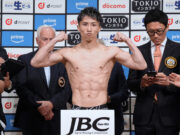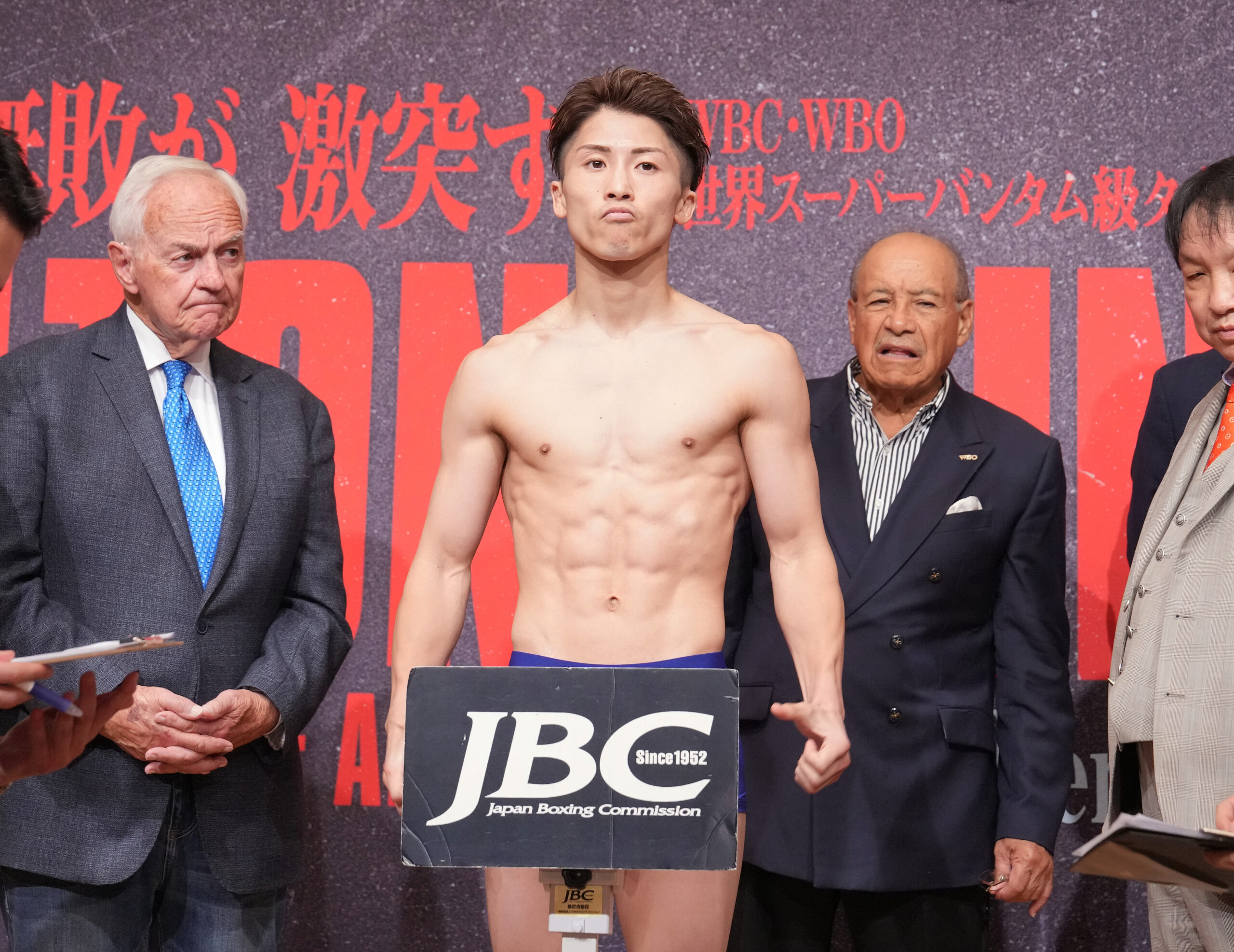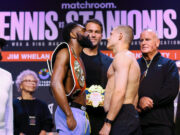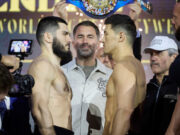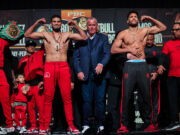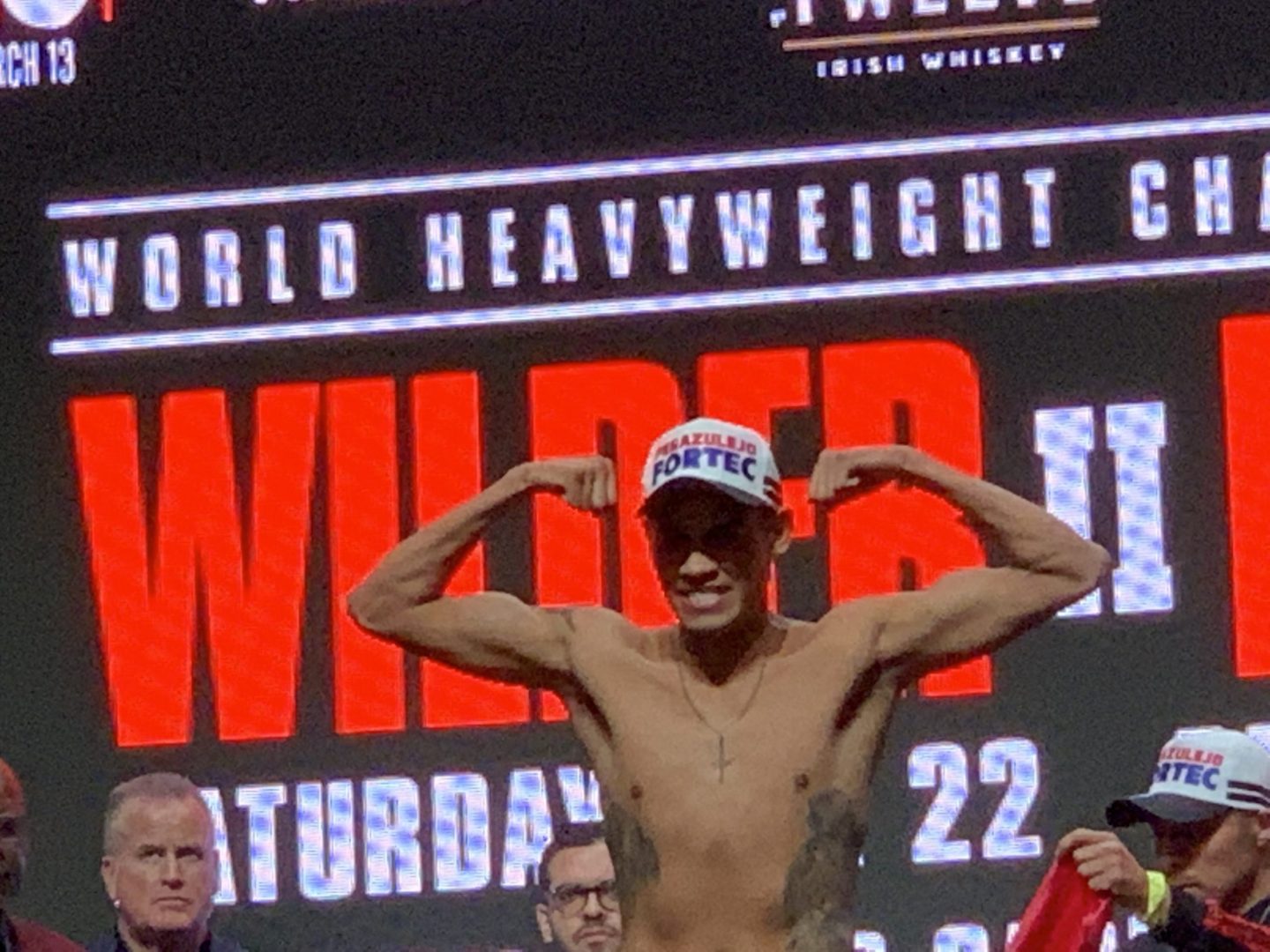By Norm Frauenheim-
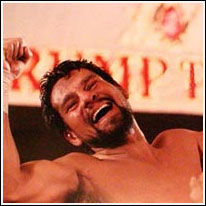
Roberto Duran has been everywhere lately. He was in France, at the Cannes film festival, a few days ago, hanging out with Robert DeNiro, for the first look at the big screen portrayal of his life, Hands Of Stone.
He was in Las Vegas a few weeks ago for the Canelo Alvarez-Amir Khan bout, marketing the movie and mostly doing what he does best:
Being himself.
This weekend he’s in Arizona, where he has some roots. His father used to work and live in Flagstaff in the mountains a couple of hours north of Glendale, a Phoenix suburb where on Saturday night he’ll be working a corner for Shane Mosley in the 44-year-old’s ongoing comeback against David Avanesyan at Gila River Arena in a CBS Sports Network-televised bout (10:30 p.m. ET/7:30 pm PT) on a seven-fight card scheduled to begin at 5 p.m. (PT).
There’s an ongoing fascination with Duran that doesn’t need twitter or Facebook or some other modern manifestation of social media to further it. The film, starring DeNiro as trainer Ray Arcel, is just the latest expression of how there’s no end in the interest the public has for Duran, who ironically was once known for uttering no mas.
The growing Latin influence in American media and culture helps explain some of it. The current generation of Latino fight fans all had dads who told their sons about Duran. But there’s more to it than just that.
From this corner, Duran has become the face of what boxing once was. Through the days before Canelo’s crushing stoppage of Khan on May 7, I ran into Duran hugging fans, kissing babies and telling stories. History is full of the so-called People’s Champ. But, I suspect, a true measure of one is what happens long after the final bell. So many just vanish from our collective memory. They show up at staged events and autograph shows. They’re there for a few sound bites and then are gone all over again.
But Duran is still in the crowd, stirring up emotions and imaginations if he had never left. One of those weathered hands of stone will grab you and leave an indelible mark.
Every time I see him, I go back to a memorable 40 minutes that Bart Barry, my longtime colleague and wordsmith extraordinaire, and I had with him. He was in Phoenix. We were a couple of reporters, alone in big ballroom for a press conference otherwise ignored by local media. Had it been just about anybody other than Duran, he’d been gone, angry and embarrassed at the lack of attention.
But for the people-centric Duran, two reporters were an audience he couldn’t resist. He talked to Bart and me as if the New York Times and Wall Street Journal were in the room. He talked about punching out a horse for the chance to win a fifth of Chivas Regal, which was worth more than the purse he got for winning an earlier bout in Panama City.
He talked about injuries he suffered in auto accident in Argentina. Barry, bi-lingual, was the designated translator. Through Bart, he said he had been in a coma for two months. In English, I immediately interrupted by saying “Two months?’’
Here came that hand of stone. It grabbed my forearm. Suddenly, Bart’s able translation was not necessary.
“Two months, two weeks, two days, two hours, two minutes,’’ Duran said in English. “A coma, OK?’’
OK.
He talked about being in the hospital, although it didn’t appear to be a hospital when he first awoke. He said he looked up and saw a white circle above him. He explained through Bart that he took that as a heavenly sign. He had made it, he said. And, he said, he started chanting exactly that, loudly and often.
Suddenly, he said, an arm reached out and grabbed the wrist on one of those hands of stone. Then, there’s a voice from the occupant of a nearby bed, an old man, who told him to shut up, because he was only in a hospital room.
I didn’t know how much was true, or embellished. At that point, however, it didn’t mater. Bart and I didn’t care. We didn’t know whether to believe the story, but we just wanted to hear him tell it. There was a generosity in Duran’s spirit and energy in just telling a story. It was more than a sign that Duran liked to perform. It was a moment – one of 40 – that said Duran genuinely liked people, no matter how many there were or who they represented.
This is the same fighter who agreed to a rematch with Sugar Ray Leonard within six months after winning a unanimous decision over him in Montreal on June 20, 1980. On November 25 of that year, Duran lost the rematch by uttering the then- infamous no mas during the final seconds of the eighth round.
In explaining the circumstances leading up to that fight, Duran said he had been living in New York, celebrating non-stop.
“Women-women-women, drink-drink drink, eat-eat-eat,’’ he said through Bart.
Somewhere between the women, the booze and the food, Leonard’s management offered the rematch. The money, Duran said, was too good to pass up. But I also suspect that Duran knew he owed something to fans. He loved them as much as the women, the booze and the food.
He owed them a rematch –a bout — that they wanted as soon as possible. Would that happen these days? Could it? It took years for Floyd Mayweather Jr.-Manny Pacquiao to happen. The same scenario appears to be unfolding amid all the talk about Canelo-Gennady Golovkin.
Duran said yes to the Leonard rematch despite the fact there really wasn’t enough time to get ready. Duran took the risk, suffered for what he did and said, yet re-emerged nearly 36 years loved as much, if not more, than ever.
It was genuine then and looks to be more genuine now in when compared to today’s way of throwing up artificial delays that only wind hurting the people.
Duran’s people.



